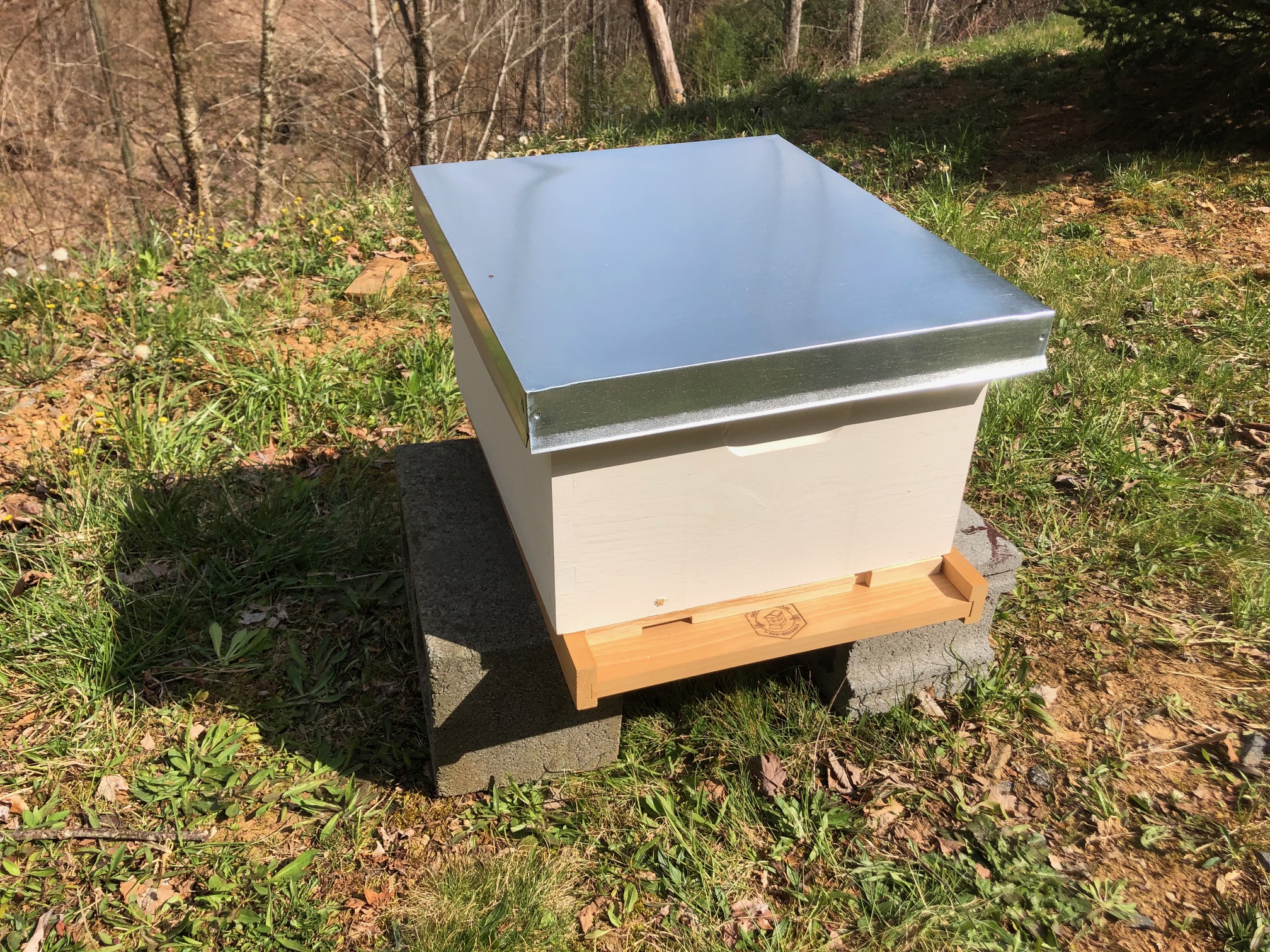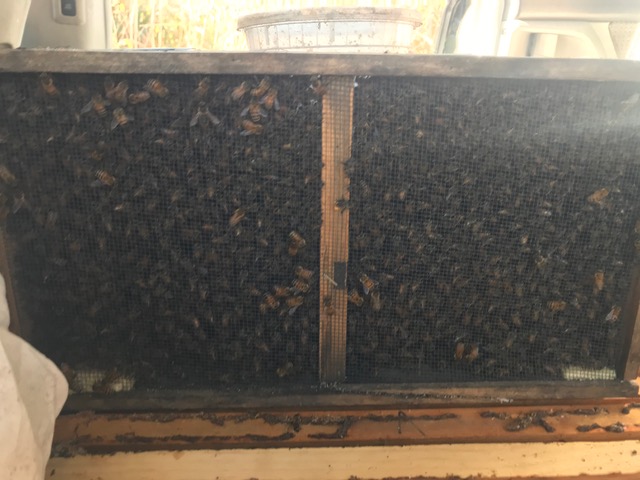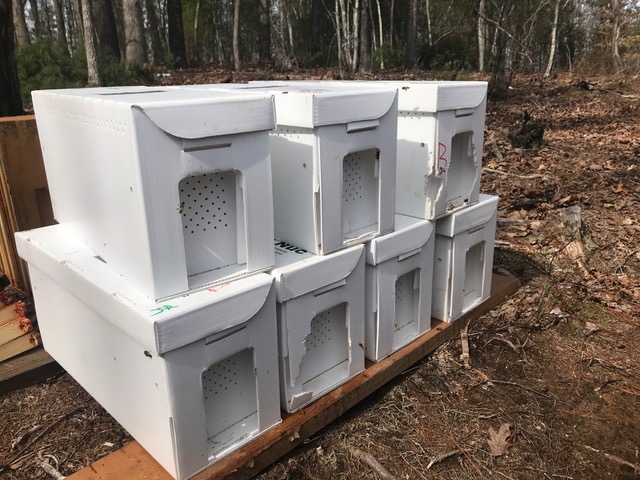How to Get Started as a Beekeeper
You need three things to become a beekeeper: knowledge, equipment and some bees.
There are many paths to beekeeping knowledge. For example, you can take a class, find a mentor, read a book, or watch YouTube videos. The best results may be a combination of two or more.
We recommend you get some face-to-face experience with a hive full of bees before you make the investment and buy your own. It’s nice to have someone else there the first time to show you how to pull out the frame of bees without crushing any and to demonstrate how to hold and inspect a frame of bees. When the odd bee gets stuck in your hair and you freeze or scream in panic, it’s not a bad idea to have someone there who’s dealt with that situation before.
You can get hands-on experience in a class, by asking a more experienced beekeeper to show you the ropes, or by signing up for our mentor program.
Is hands-on experience mandatory? No. Plenty of beekeepers have winged it, but having some coaching may make your first year of beekeeping smoother and more successful.





